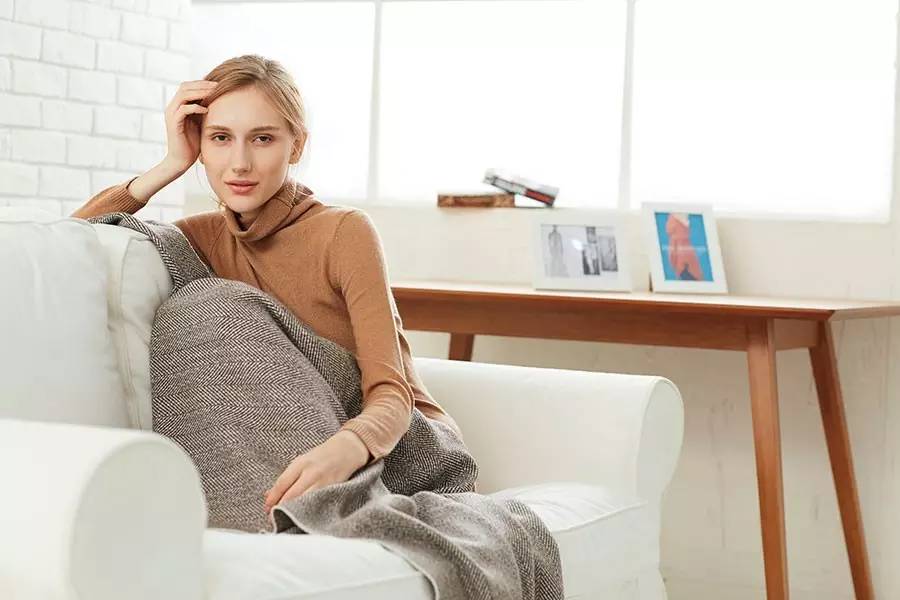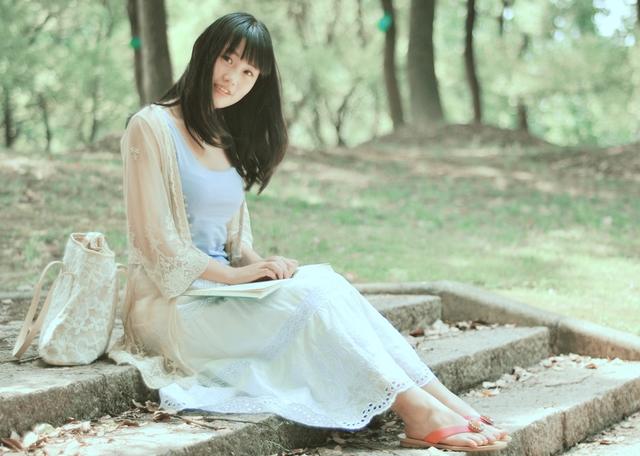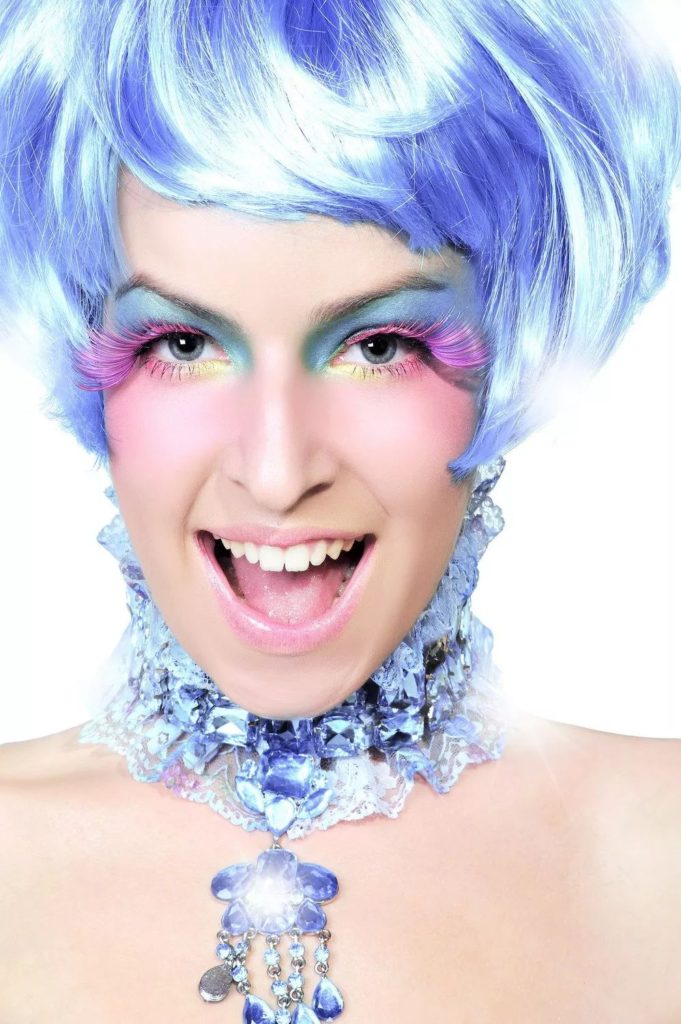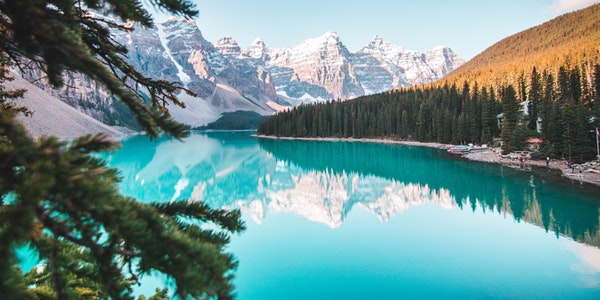Table of Contents
Specific Application of Metering Method
The above types of metering systems are most common with center-weighted metering in reverse. There are many ways to use the in-camera metering system.
1. Direct measurement method
Measure the subject directly at the shooting location. It is suitable for situations where the scene is not large and the subject does not have strong contrast between light and dark. If the photographed scene is too large or there is a relatively obvious difference in light and dark tones, the use of the straight-side method is prone to metering deviation.
2. Near measurement method
It is to put the camera close to the subject and try to make its main part fill the entire viewfinder, that is, to measure its local brightness close to the subject. In this way, the exposure value can be measured more accurately. When shooting people, the distance is about 10cm. When you are close to the side, you should pay attention to your shadow. Do not meter against the shadow, otherwise the metering will be inaccurate.
3. Gray board method
It can be directly metered against a standard gray card with a reflectivity of 18%. This is an accurate and simple method of common light metering. When using the grayboard method, you should approach the grayboard so that it fills the frame of the camera. Make the gray card under the same light receiving conditions as the subject, and measure the light at a distance of about 10 cm from the gray card, so as to avoid the shadow of the light meter on the gray card. The result of this measurement is more accurate. Of course, the gray plate should receive the same light as the subject.
4. Alternative method
That is, the light is metered at objects other than the subject. The most commonly used proxy measurement is to measure the back of the photographer’s own hand. When you can’t get close to the subject, you can use the back of your hand instead of the gray card. Because the skin color on the back of the hand is close to the reflectivity of 18% gray card.
The premise of the substitution method is that the light received by the back of the hand is the same as that of the subject. When metering, you need to point the lens at the back of your hand, let it fill the screen, and don’t let the projection fall on the back of your hand.
The Combination of Aperture and Shutter
No matter which metering method is used for metering, whether it is a manual camera or an automatic camera, there will be a problem with the aperture and shutter coordination in actual shooting.
1. The cooperation of aperture and shutter of manual camera
Hand-held manual camera for shooting metering, generally through the internal metering system to determine the exposure value. Generally, a manual camera presses the shutter lightly, and a corresponding symbol will appear on the right side of the viewfinder to remind you whether the exposure combination is appropriate. The metering results and reasons are shown in the table.
Metering Results and Reasons
| Metering results | reason | Adjustment method |
| a green or yellow circle | Moderate exposure | Shoot with this exposure combination |
| A “+” sign appears | overexposure | Speed up the camera shutter, or stop the lens aperture a little |
| A “-” appears | underexposed | Slow down the shutter speed of the camera, or open the aperture of the lens a little wider |
| A green or yellow circle appears together with the “+” and “-” signs | The exposure is basically moderate
|
If the image requirements are not very strict, it can also be regarded as a moderate exposure and shoot |

There is only one appropriate exposure for the subject, but the way to achieve this appropriate exposure, the combination of aperture and shutter, is not the only one.
This mutual conversion relationship between aperture and shutter in controlling exposure is called the “reciprocity law” of aperture and shutter. Through the conversion of the “reciprocity law”, different exposure combinations can be used to obtain the same exposure effect in an environment with the same lighting intensity.
2. the cooperation of automatic camera aperture and shutter
Compared with manual cameras, the operation of automatic cameras is simpler. Because it can automatically measure the exposure, and automatically adjust to the corresponding shutter and aperture value. There is no need to adjust aperture and shutter like manual cameras.
When shooting with an automatic camera, pay attention to the metering mode the camera is in. Different metering methods have different metering effects. When shooting, you must pay attention to whether the scene you are shooting is consistent with the selected metering method.
In addition, in some special cases, when the exposure value measured by the automatic camera cannot be directly photographed, such as shooting in a relatively dim scene, the automatic camera may give a value of 1/4s, f4.5. But the minimum shutter speed for handheld shooting is 1/3s, and photos taken below this speed are likely to be unclear due to camera shake.
Auto Camera Exposure Mode Selection
The automatic camera technology has now developed very maturely. Modern automatic cameras have several exposure modes, and making good use of these exposure modes can make shooting more efficient. The first contact may feel a little at a loss, here are some commonly used exposure modes for reference when using.
1. Manual (M) mode
Manual (M) mode is the most basic exposure mode and is mostly used by professional photographers. In manual exposure, the combination of aperture and shutter speed must be manually selected before each shot, which takes more time than automatic exposure, but it has the advantage that the photographer can actively control the image.
Adjust the camera’s mode dial to M to achieve manual exposure control. In this mode, both aperture and shutter speed need to be adjusted manually, the camera’s original automatic exposure function will be blocked, and the exposure effect is completely controlled by the photographer.
2. Aperture priority and shutter priority
These are two automatic exposure modes on automatic cameras. The photographer chooses to set the aperture or shutter speed first according to the actual situation. During the shooting process, the camera will automatically select the appropriate shutter or appropriate aperture according to the results obtained by metering. , to match the preset aperture and shutter speed.
(1) Aperture priority (A or As)
In aperture priority mode, the photographer freely adjust the aperture of the camera . When the aperture is selected, an electronic program in the camera automatically selects the appropriate shutter speed based on the metering results. For many digital cameras, the shutter of the camera is infinitely variable at this time, so a more accurate exposure can be obtained.
Note that manually adjusting the aperture is too large or too small, causing the maximum shutter speed to exceed the camera’s limit or be lower than the minimum shooting speed for handheld shooting. This shooting mode is more suitable when you have enough time to carefully compose the shot, and close the aperture to get the effect of large depth of field. At this time, you can put more energy into the composition and find some beautiful lines. When shooting portraits, you can also use aperture priority mode to shoot with a wide aperture and a shallow depth of field.
Often used in situations where depth of field is a priority. Adjust the exposure mode of the camera to A or Av block, select the aperture, and the camera will select a suitable shutter speed according to the measured exposure value to complete the shooting.
(2) Shutter priority (S)
Contrary to aperture priority mode, shutter priority exposure mode means that the photographer freely adjust the shutter when shooting. After setting the shutter OK, the electronic program in the camera will automatically select the appropriate aperture according to the results of the metering, so as to obtain a more accurate exposure.
We often use it for subjects that have certain requirements for shooting speed, such as shooting moving objects. Adjust the exposure mode of the camera to S block, set the shutter, and the camera will automatically select a suitable aperture to shoot according to the data obtained by metering.
The camera will warn you if the manually adjusted shutter speed is too high or too low to exceed the aperture limit. Using shutter-priority photography, you can precisely control the degree of motion of moving objects.
(3) AUTO (automatic) exposure mode
AUTO exposure means that both the camera aperture and shutter speed are automatically adjusted by the camera. Simply put, this is a fully automatic exposure mode. In this mode, the camera will automatically complete the selection and adjustment of metering, aperture and shutter, and all the photographer has to do is press the shutter, which is very convenient to use. This is very similar to the point-and-shoot camera that people often use, so this exposure mode is also called “point-and-shoot mode”.

When you face some pictures that neither need high shutter speed nor pay attention to the effect of depth of field, you may as well use the AUTO (automatic) exposure mode to shoot directly. Because after saving the link of adjusting the aperture and shutter, what we win is the time for quick capture. This mode is more suitable for shooting works with documentary themes such as humanities and festive scenes. However, we should note that the exposure of the camera may be biased in complex lighting situations.
(4) Image Mode
Some automatic cameras have convenient image exposure modes, the common modes are as below in the table.
Common exposure modes of automatic cameras
| model | Features |
| portrait | A picture with a clear subject and a blurred background can be obtained, making the subject stand out more |
| landscape | The camera will automatically stop the aperture, so you can get a relatively clear image quality |
| macro | Using the close-up function on the camera, you can shoot some familiar subjects, such as flowers, insects, etc. |
| Moving Sub | Mainly shoot moving objects, the camera will automatically choose a higher shutter speed to shoot, in order to get the corresponding clear image |
| night view | Mainly used for shooting night subjects. The camera will automatically select a suitable exposure to avoid underexposure caused by dim lights at night |
We should note that no matter which exposure mode we use, we cannot rely too much on the accuracy of its exposure. Because most program exposures use average metering modes. Therefore, the exposure is more accurate when the scene light is relatively average. But for complex lighting occasions, we need to adjust it according to human judgment.
(To Be Continued)
